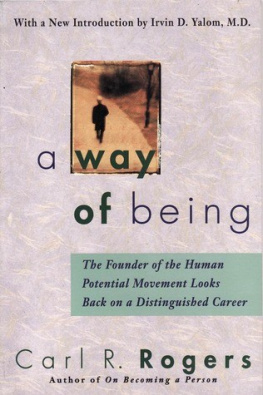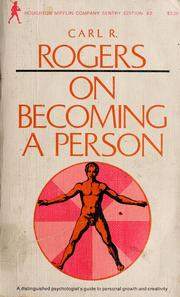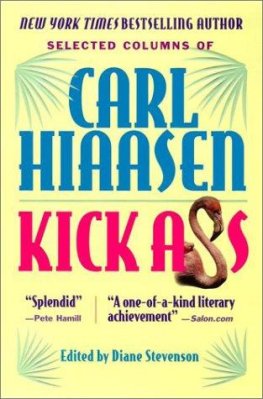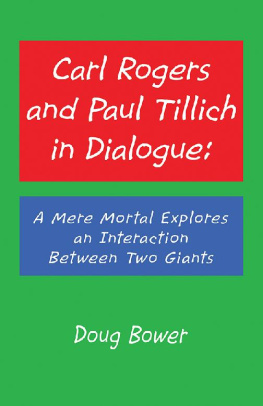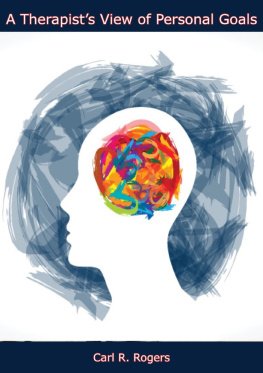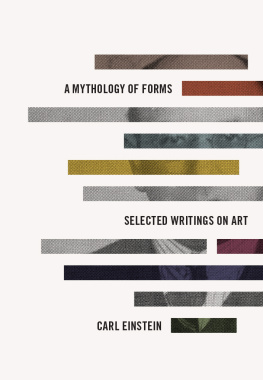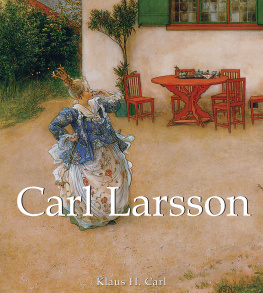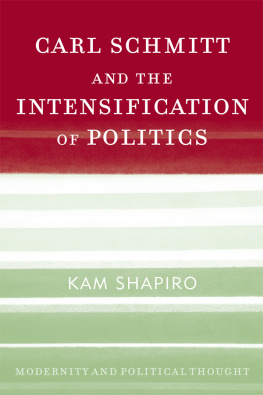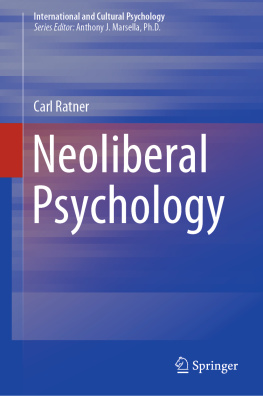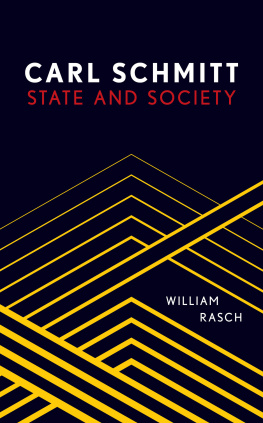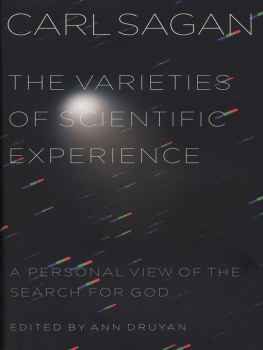
Table of Contents
Copyright 1980 by Houghton Mifflin Company
Introduction copyright 1995 by Irvin D. Yalom
All rights reserved
For information about permission to reproduce selections from this book, write to Permissions, Houghton Mifflin Harcourt Publishing Company, 215 Park Avenue South, New York, New York 10003.
www.hmhbooks.com
The Library of Congress has cataloged the print edition as follows:
Rogers, Carl Ransom, date.
A way of being.
Includes bibliographies and index.
1. Humanistic psychology. I. Title.
BF204.R64 150'. 19 80-20275
ISBN 0-395-75530-1
ISBN 978-0-395-75530-3
Acknowledgments begin on .
Part opening abstract art by Tonia Noell-Roberts
eISBN 978-0-547-52444-3
v1.0313
Introduction
In his first teaching position, Carl Rogers huddled together with a group of psychology students. He was in his late thirties. It was shortly after electromagnetic tapes had been introduced, and the group listened excitedly to a recording of a psychotherapy interview. Again and again Rogers stopped and replayed sections of the session in order to pinpoint where the interview went wrong or to delineate those moments when the client made a significant step forward.
That is one image of Carl Rogers to be found in A Way of Being. There are many others. Imagine another scene, one that occurred when he was twenty years older.
At an academic symposium on Ellen West, a heavily studied patient who committed suicide several decades before, Rogers startled the audience by the depth and intensity of his reaction. He spoke about Ellen West as though he knew her well, as though it were only yesterday that she had poisoned herself. Not only did Rogers express his sorrow about her tragically wasted life, but also his anger at her physicians and psychiatrists who, through their impersonality and preoccupation with precise diagnosis, had transformed her into an object. How could they have? Rogers asked. If only they had known that treating a person as an object always stands in the way of successful therapy. If only they had related to her as a person, risked themselves, experienced her reality and her world, they might have dissolved her lethal loneliness.
And still another image, fifteen years later. Carl Rogers was seventy and had been invited to deliver an honorary lecture at the annual convention of the American Psychological Association. The audience sat back, relaxed in their chairs, awaiting the expected mellow retrospective of a revered septuagenarian. Instead, Rogers rocked them with a series of challenges. He urged school psychologists not to content themselves merely with treating students damaged by an obsolete and irrelevant educational system but to change the system, to participate in designing an educational experience that would liberate the students curiosity and enhance the joy of learning. Later he railed against the constrictions of professionalism and suggested that the efforts of certification and licensure had not been worth the cost: there were as many credentialed charlatans as uncredentialed ones, too many gifted therapists had been denied access to the profession, and the rigid bureaucracy of the American Psychological Association had frozen the field in the past and stifled creativity. No one slept during that talk.
In these scenes, and in so many others evoked in A Way of Being, Carl Rogerss commitment to the growth of others is evident. Person-centeredthat was Rogerss preferred term for his approach. Concern and respect for the clients experiential world have been paramount in Rogerss work ever since the beginning of his career when, for twelve years, he worked with delinquent and underprivileged children in Rochester. He began to formulate ideas about therapy that revolved around his belief that one must rely upon the client to delineate the direction of the therapeutic workthat the client knows what hurts, what experiences need to be uncovered, and what problems are crucial. A textbook he wrote in his midthirties on the treatment of the problem child attracted wide academic attention and led to a professorship at Ohio State University.
There he offered a pioneering course on counseling. (Remember that in the late 1930s the field of clinical psychology, as we know it today, did not exist.) Soon, as his ideas about therapy crystallized, he wrote a textbook, Counseling and Psychotherapy, which his publishers were reluctant to publish; they would prefer, they told him, a text for a course and a field that existed! Ultimately, Counseling and Psychotherapywas destined, along with Rollo Mays book The Art of Counseling, to play a significant role in the birth of clinical psychology and to shape the future of a humanistically oriented therapeutic approach.
Carl Rogers was a hardy warrior who fought many battles-territorial battles with the field of medicine and psychiatry, which tried to prevent psychologists from treating patients; ideological battles with reductionists, such as B. F. Skinner, who denied the centrality of choice, will, and purpose; and procedural battles with psychoanalysts who considered his client-centered approach simplistic and anti-intellectual.
Today, a half century later, Rogerss therapeutic approach seems so right, so self-evident, and so buttressed by decades of psychotherapy research that it is difficult to appreciate the intensity of these battles or even to comprehend what they were all about. Experienced therapists today agree that the crucial aspect of therapy, as Rogers grasped early in his career, is the therapeutic relationship. Of course, it is imperative that the therapist relate genuinely to the patientthe more the therapist becomes a real person and avoids self-protective or professional masks or roles, the more the patient will reciprocate and change in a constructive direction. Of course, the therapist should accept the patient nonjudgmentally and unconditionally. And, of course, the therapist must enter empathically into the private world of the client.
Yet these were once such novel ideas that Rogers had to bludgeon the profession into taking note of them. His primary weapon was objective evidence, and he was the creative force behind the use of empirical research to elucidate the process and outcome of psychotherapy. His studies of the critical aspects of the therapist-client relationshipempathic understanding, genuineness, and unconditional positive regardcontinue to be considered by social scientists as a model of research elegance and relevance.
Rogers was joined in his lifelong efforts to create and nurture a humanistic approach to psychotherapy by the powerful voice of Rollo May. Though the two men fundamentally agreed about the goals and approach to therapy (and though both were educated at the Union Theological Seminary), they drew their convictions from very different sources: Carl Rogers from empirical research and Rollo May from the study of literature, philosophy, and myth.
During his career Rogers was attacked for the supposed simplicity of his therapeutic approach, and many practitioners caricatured client-centered therapy as the method in which the therapist merely repeats the last words of the clients remarks. Yet those who knew Rogers, who watched him interview, or who read his work with care knew that his approach was neither simplistic nor restrictive.
It is true that Rogers always proceeded from the bottom up rather than from the top downthat is, he first grounded himself in his immediate observations of therapeutic work, his own and others, and generated low-level but testable hypotheses. (That was always a major difference between a Rogerian approach and a psychoanalytic one, which drew high-level inferences to construct an untestable theory, which subsequently informed and regulated therapeutic procedure.) But it is also true that early in his career Rogers arrived at several fundamental assumptions upon which his subsequent work rests.
Next page
